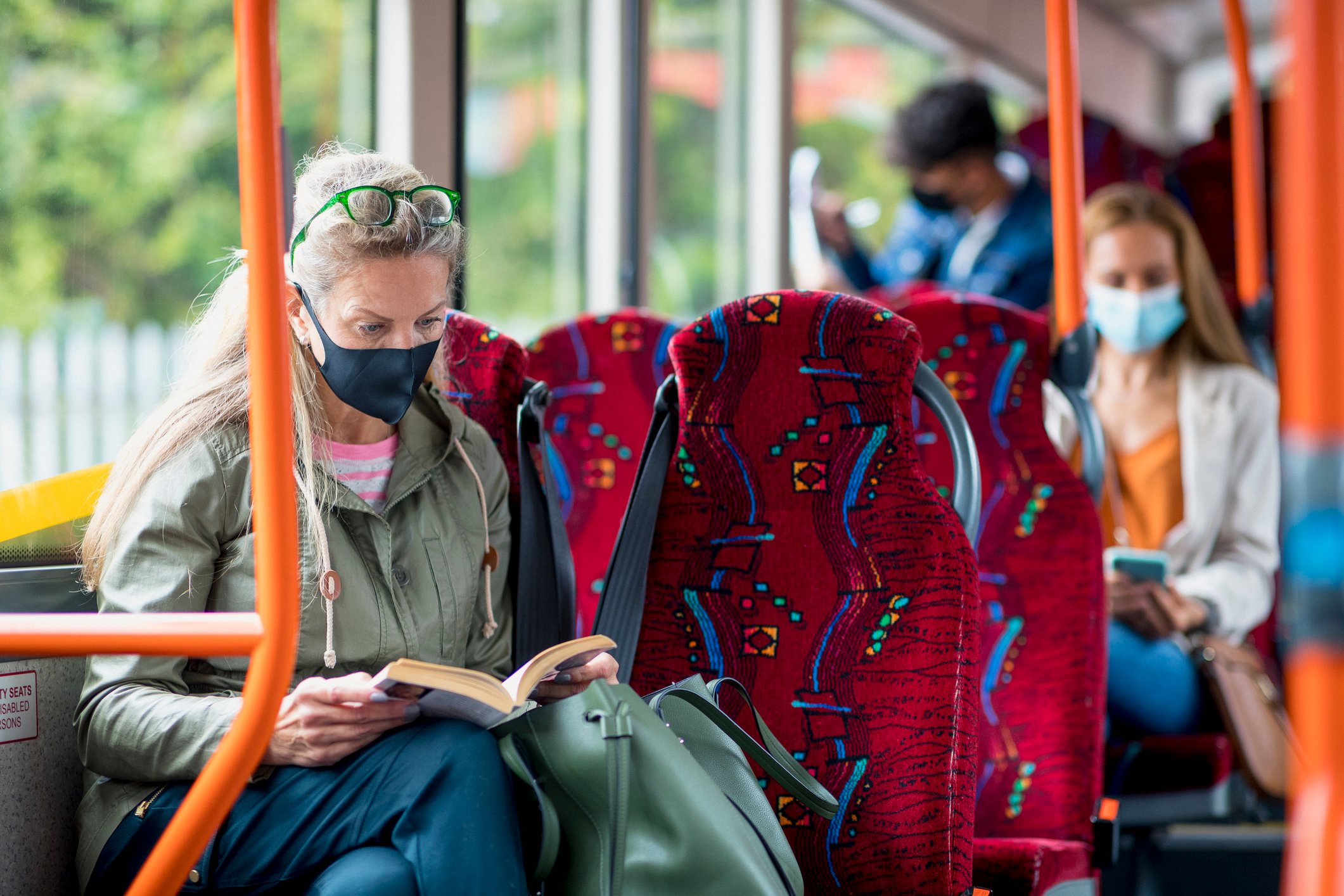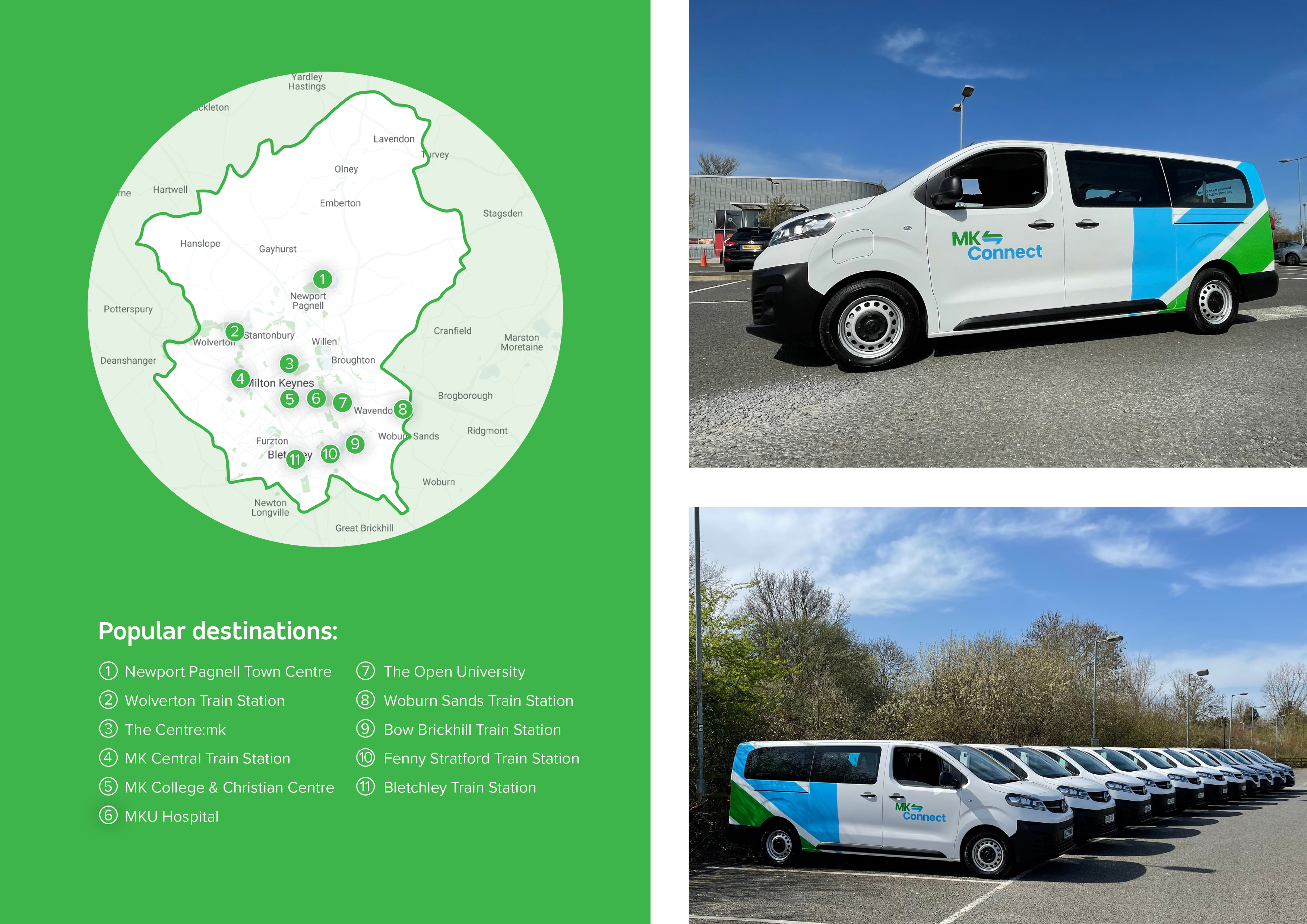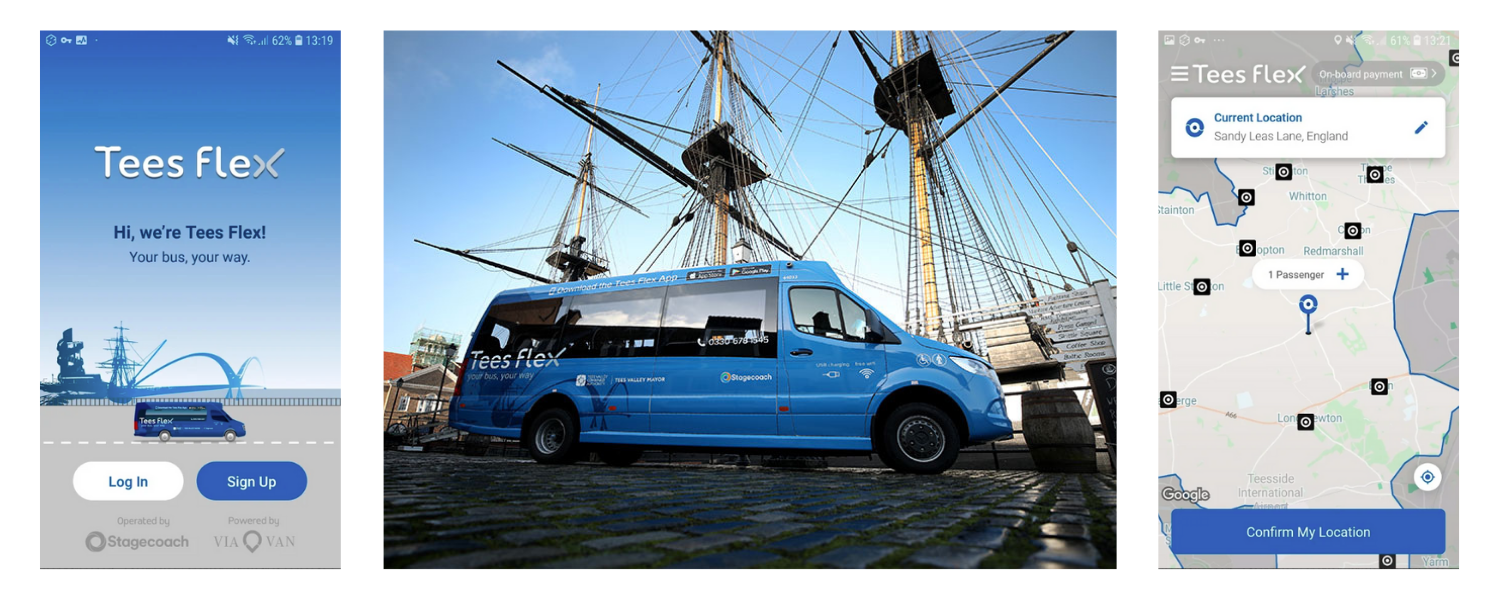In the weeks since the National Bus Strategy landed, the commentary has been coming thick and fast. Whether you agree with everything in it or not, we can all find common ground in a strategy that seeks to improve mobility outcomes around the UK.
In this spirit, we at Via unequivocally welcome and support it. While the strategy is overtly about improving buses, the case for change is about so much more. Indeed, the bus is at the heart of so many challenges that our society faces, whether it be a climate emergency and our pressing need to persuade people out of private cars, or basic social equity and ensuring that everyone has fair and equal access to jobs and local services.
Focusing therefore on what 'good' looks like for buses is important, and who wouldn’t want cheaper, more frequent, greener, higher spec, more accessible, more frequent buses that are better integrated with the rest of the public transport network? The key question is whether the strategy identifies the right actions to truly achieve these goals.

What will determine likely success?
- Is this strategy backed up by investment? The £3bn allocated to fund the strategy is a big number by any standards, and one that should be welcomed. Combined with a hugely needed reform of BSOG (Bus Service Operators Grant), there are the makings of some very large levers to affect positive change. But how will these funds be spent?
- Does it redress the balance of power and give local authorities back more say over bus networks in their local area? The main headline of the strategy is around the Enhanced Partnerships that local authorities and operators will now need to form. It is still not clear (to us at least) whether these enhanced partnerships will have teeth. Will a local authority have the resources or funding leverage to really drive the right kind of deal for bus users? As with many strategies, the devil will be in the detail of its implementation. Can £25m and a Bus Centre of Excellence actually level the playing field between the few well-run, well-resourced local authorities who will continue to thrive, and the rest who, in most cases, have skeleton transport teams and far more limited resources?
- Is it bold enough in looking for new solutions? Understandably the strategy focuses largely on “big bus”, but by now it should be evident to all that we are not going to reverse a decade of bus ridership decline by simply putting the big bus network back together. Too much has changed, including demand patterns and customer expectations. We are heartened to see demand-responsive transport (DRT) called out repeatedly as a part of the solution to comprehensive and effective bus service, in particular with the aid of new technology. DRT is not a silver bullet but it does provide a compelling, cost efficient public transport solution that can work in many areas where "big bus" is impractical.
We are far from starting from scratch. Across the UK there are already plenty of examples of what new solutions are possible.

Projects throughout the UK pointing toward the future.
In an urban setting, Milton Keynes can show the way. On the major high volume corridors, commercial “big bus” will always be the best, most efficient, way of moving people from A to B. In areas of lower, more dispersed demand, fixed route buses will be neither compelling for the user nor cost effective for the authority that supports them.
By taking passengers where they want to go, on demand, the recently launched MK Connect DRT service provides a truly viable alternative to the private car in a city designed for the car. By only meeting the demand when it is there, it also moves people at a significantly lower cost than previous provision (forecast to save them £1.5m p.a) whilst improving service standards. In the MK Connect app users are automatically connected with the commercial bus network when it is the most efficient bus option for their desired destinations, ensuring DRT and fixed route buses truly complement each other.
In rural settings, our Tees Flex service (launched in partnership with Stagecoach and Tees Valley Combined Authority), shows how communities that had become completely cut off can be reconnected again. Being able to access a bus service that will take you where you want to go within 30 minutes of request is transformational for these communities' ability to access employment, social interactions and vital services such as vaccination centres.

Local authorities will need help
While many details of the National Bus Strategy are yet to be worked out, what is certainly true is that local authorities will have a greater role to play in their bus networks. Equipping them with the resources, expertise and tools to enable them to do this effectively is going to be one of the greatest determining factors in whether we really do "Bus Back Better" or whether we later look back at this as merely a nice sound bite. Identifying the organisations that have the ability and solutions to help will be key.
Via is already proving a powerful partner in this regard. We now power over 11 DRT services around the UK (including the two projects detailed above) and are demonstrating the role DRT can play in a modern, resilient and compelling bus network. Through our recent acquisition of Remix , which provides a collaborative mapping platform for transportation decision-making, we are now providing local authorities with the tools to visualise, analyse and plan their bus networks.
The announcement of the National Bus Strategy has many hoping for a new dawn for bus travel in the UK. We need to all work together to ensure this is more than just a passing fancy – there needs to be an enduring commitment to follow through on the strategy’s promises for meaningful change. The onus is not just on government, it is now on all of us to seize this opportunity to put the bus back where it belongs. At Via, we stand ready to play our part.




